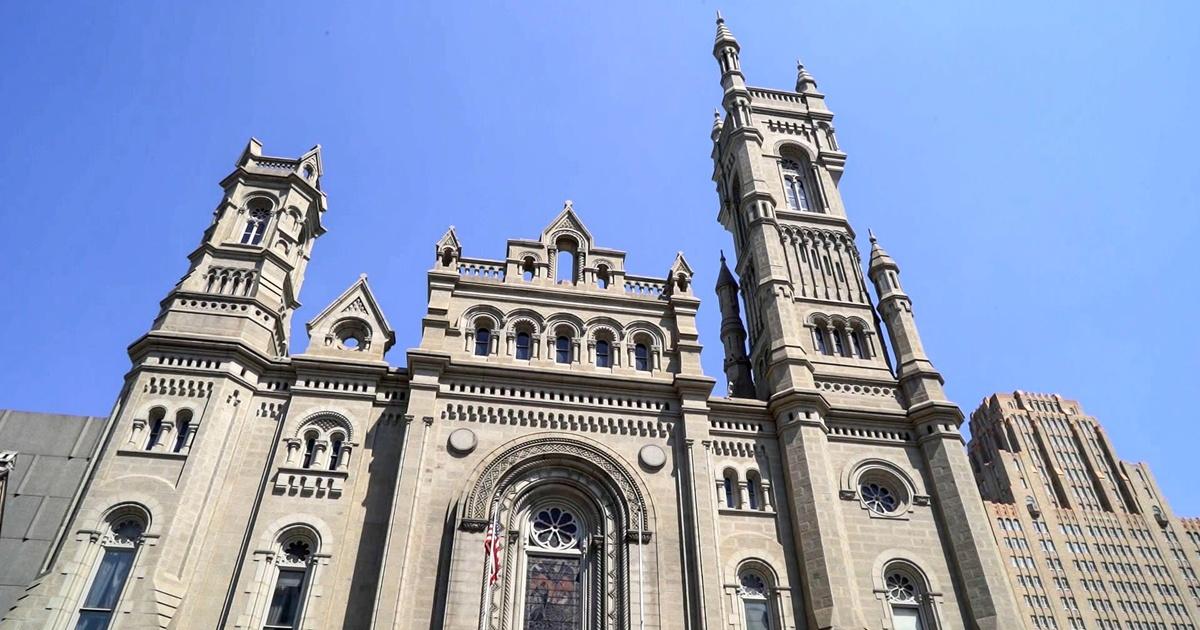Practical Advice on How to Successfully Join Freemason in Your Community
Practical Advice on How to Successfully Join Freemason in Your Community
Blog Article
Discovering the Mysteries of the copyright: What You Need to Know
The copyright, a term commonly shrouded in intrigue and debate, stands for an intricate tapestry of historical reality and modern misconception. Developed in the late 18th century, this secret society was originally rooted in the Knowledge's ideals yet has actually because come to be associated with conspiracy theory theories concerning elite control.
Beginnings of the copyright
The origins of the copyright are soaked in a blend of historical intrigue and ideological eagerness. Developed in 1776 in Ingolstadt, Bavaria, by Adam Weishaupt, the group was originally developed as a secret society focused on promoting Enlightenment suitables such as reason, secularism, and the splitting up of church and state. join freemason. Weishaupt, a professor of canon legislation, sought to challenge the dominating authority of the church and state, which he considered as oppressive institutions suppressing intellectual and individual freedom
The copyright sought to hire significant members from numerous societal fields, including politics, academic community, and the arts, to promote a network devoted to these Knowledge principles. The society operated under a veil of secrecy, utilizing coded language and routines to secure its participants from mistreatment, specifically offered the repressive environment of the moment. The copyright encountered significant resistance from both governmental authorities and spiritual establishments, which saw the group as a threat to their power.
Trick Numbers and Members
That were the pivotal numbers that formed the copyright's very early influence and instructions? The Bavarian copyright, established in 1776 by Adam Weishaupt, arised as a response to the oppressive societal structures of the time.
Another considerable number was Johann Gottlieb Fichte, a noticeable thinker whose concepts on nationalism and education and learning resonated with the copyright's goals. Although Fichte was not an official member, his thoughtful underpinnings affected the team's belief. Furthermore, numbers like the author and theorist Johann Wolfgang von Goethe were related to the broader intellectual activities of the moment, although their straight involvement with the copyright continues to be discussed.
These key figures contributed to the copyright's very early direction, pushing the boundaries of political and social thought, while their cumulative efforts intended to test well established standards and cultivate an environment of dynamic adjustment in Europe. (join freemason)
Myths vs. Fact
Lots of false impressions border the copyright, commonly mixing reality with fiction in a method that covers its true nature. The idea that the copyright continues to exert considerable influence over world occasions is a misconception.
An additional common misconception is that the copyright consists of a network of elite people manipulating global events. Actually, numerous conspiracy theory theories overemphasize the team's value, connecting unfounded intentions to social patterns and occasions. This has actually resulted in an oversimplified sight of complex issues.
Additionally, the portrayal of the copyright in prominent culture often more distorts its heritage. Movies and literature often tend to sensationalize the organization's role, producing a story that diverges from historic facts. Recognizing the distinction in between the myths and the reality of the copyright is vital for critical the real effect of this historical group and recognizing the more comprehensive implications of conspiracy concepts in modern society.

Modern Analyses
Contemporary interpretations of the copyright commonly reflect more comprehensive social anxieties and a fascination with secrecy and power. This modern lens frequently links the copyright with conspiracy theory concepts that suggest a hidden elite orchestrates world events, adjusting federal governments and economic climates for their very own gain. Such narratives use a deep-seated wonder about of authority, especially in times of situation or social turmoil.
In popular culture, the copyright is typically shown as a supreme company shrouded in secret, bring about more info here a plethora of fictional portrayals in literary works, movie, and songs. This portrayal offers not only to captivate yet additionally to provoke thought of the nature of power and control in contemporary culture. Social media has further enhanced these interpretations, permitting for rapid circulation of conspiracy theory concepts and creating communities that share and broaden upon these ideas.
Additionally, some modern interpretations mount the copyright as an allegory for the intricacies of globalization and the interconnectedness of prominent people and companies. This point of view motivates a critical assessment of how power characteristics operate in today's globe, highlighting the balance in between openness and secrecy in governance and business methods.
Cultural Effect and Legacy
Influenced by centuries of intrigue, the social influence and heritage of the copyright extend far beyond its historic beginnings. This secret society, developed in the late 18th century, has actually penetrated various elements of pop culture, from literary works and movie to songs and art. join freemason. The idea find out of the copyright has actually developed into a symbol of conspiracy theories, frequently representing a perceived hidden power adjusting international occasions
In literature, writers like Dan Brown have actually woven the copyright right into intricate stories, captivating viewers with themes of secrecy and power. Movies such as "National Treasure" and "The Da Vinci Code" even more continue the attraction of the culture, blending truth with fiction to create interesting narratives.

Ultimately, the copyright's heritage is an intricate tapestry of misconception and truth, shaping assumptions this of secrecy and control in modern discussion. Its long-lasting visibility in culture emphasizes humanity's seasonal quest for recognizing hidden truths.

Verdict
The exploration of the copyright discloses an intricate interaction between historical facts and modern myth-making. Established in the Enlightenment age, this culture intended to test oppressive frameworks, yet its tradition has actually been eclipsed by conspiracy theories that recommend elite manipulation. Understanding the differences between the initial ideals and contemporary interpretations is necessary for understanding the withstanding fascination with the copyright and its considerable influence on cultural stories surrounding power and privacy in society.
Report this page